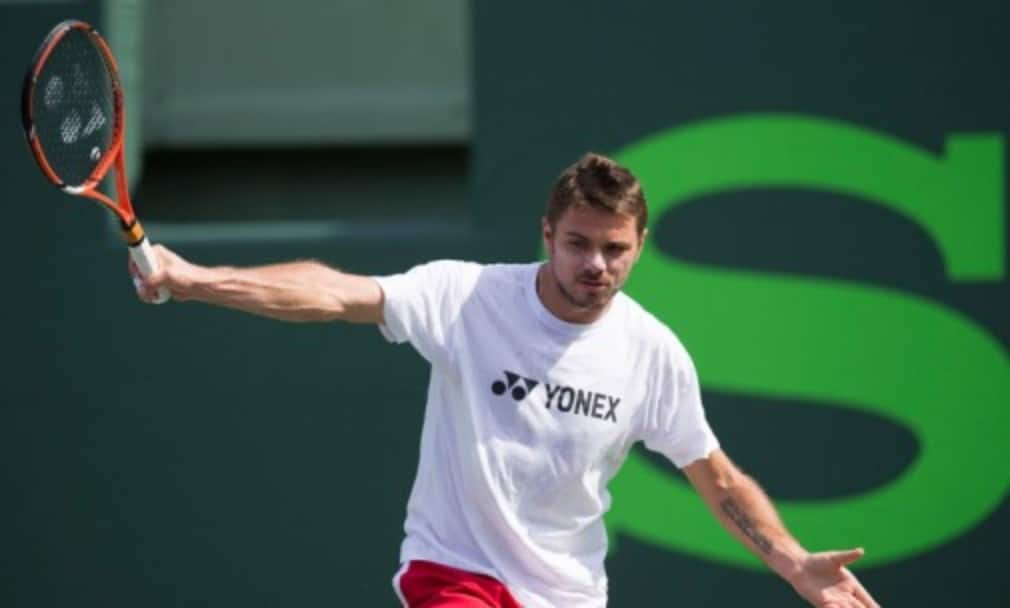
Periodisation: How to peak at the right time
Originally published on 13/06/14
You’ve probably heard the likes of Novak Djokovic, Rafa Nadal and Serena Williams talking about the importance of their off-season and what they hope to achieve during so-called ‘training blocks’. With ATP and WTA calendars that stretch from the beginning of January until mid-November, tennis is one of the few sports without a prolonged off-season, which makes peaking for big tournaments a particular challenge.
Performance coaches and players refer to the structured breakdown and planning of their training as periodisation – the division of an annual plan into smaller phases, each with its own objectives to ensure the best possible chance of performing well at certain times of the year. When implemented properly, periodisation can help reduce risk of injury and burnout and will help players feel fresh and agile on competition day, instead of stiff, sore and fatigued.
The main objective of the 'classic' model of periodisation is to balance the intensity and volume of training with recovery through the year in order to be ready for optimum performance at the right time.
"Periodisation is the key to getting a player in peak form for the most important competition of the year," insists ITF touring coach Dermot Sweeney. "Effective periodisation is knowing what to do – and when to do it. It is essential to get a player mentally and physically ready."
A classic periodisation plan controls four main aspects of on and off-court activity: the type of training, as well as the volume, intensity and frequency. By creating a unique plan, a player will benefit from having an individualised programme that will reduce boredom by increasing variety.
A typical programme is broken into four training phases known as periods or macrocycles. The preparatory period is about laying solid foundations. There is less focus on outcome and results and more emphasis on high levels of physical training and technical work. Training sessions will be high volume, lower intensity.
The second period, the pre-competition phase, focuses on fine-tuning skills which are more specific to tennis. The emphasis is on tactics rather than technique, and training will be lower in volume, high intensity. Training sessions should be mixed with regular practice sets, tapering down as competition approaches.
For the third phase, the competition period, the emphasis is on maintaining the best physical, mental and technical shape by focusing on tennis-specific training and injury prevention.
This is when players will be at their most important tournaments. Circuit training will help to maintain fitness levels and tactics will be targeted to adapting to opponents and surfaces.
Finally, after the event, comes the transition phase to let the athlete’s body recover. Take a break from tennis, but keep up general fitness levels by taking part in other sports. This is also an opportunity to assess performance.
It is advisable to review your goals after the competition phase. Tests can be done just after a rest period or in the preparatory phase and cover a variety of areas from tactical to physical, whether it’s a serve consistency test or a 3km time trial.
The plan must be individual to each player – depending on when they need to be at their peak. The most important time of the year in the UK is from May to August when club events take place.
Identify important dates, not just tournaments but commitments such as holidays that might impact training. Once you have identified major competitions, factor in rest periods before preparation phases, with each period lasting between three and five weeks.
This article is based on information extracted from Tennis iCoach.com and the ITF Advanced Coaches manual, written by Miguel Crespo & Dave Miley. Information edited by Merlin van de Braam.
This article appeared in tennishead Volume 5 Issue 2. Subscribe to the magazine today or download tennishead on iTunes.


